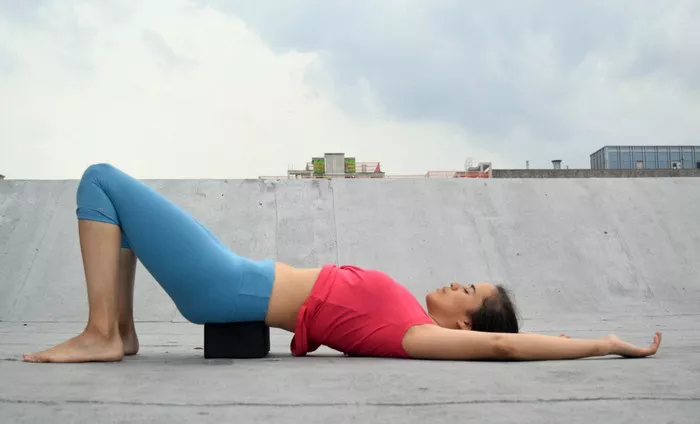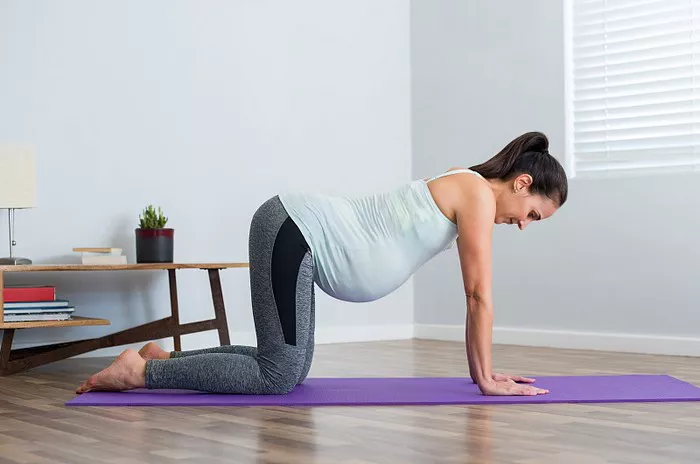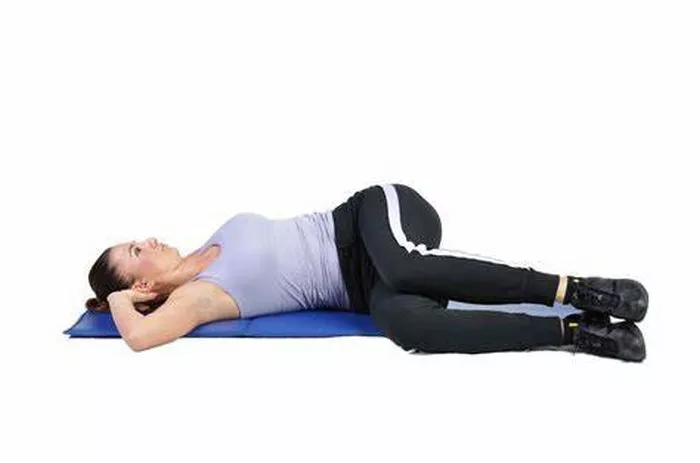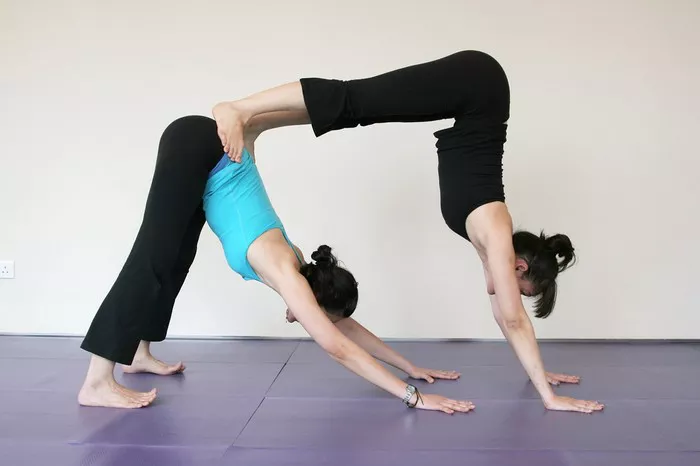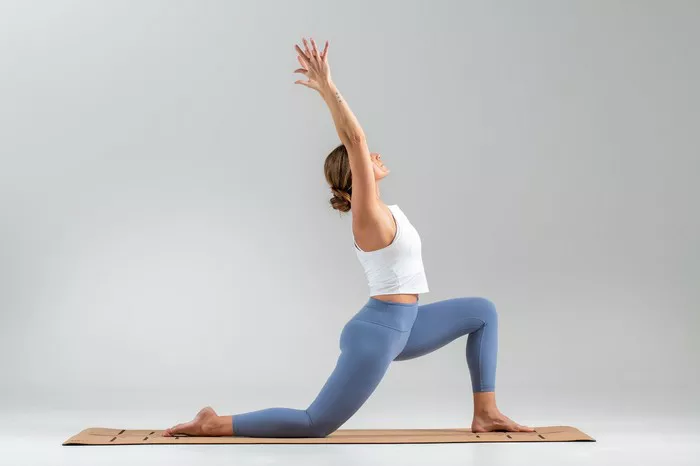In recent years, the world of yoga has expanded beyond traditional mat-based practices, leading to the emergence of new styles that take advantage of gravity, suspension, and a playful twist on the original postures. Among these emerging practices, Flying Yoga and Aerial Yoga are two of the most popular trends, often used interchangeably. While they share similarities in their use of suspension and aerial elements, they are distinct practices with unique benefits, equipment, and techniques.
This article will delve deep into the differences between Flying Yoga and Aerial Yoga, offering insights into the history, benefits, and variations of each. By the end of this piece, you’ll have a clear understanding of what sets these two practices apart and how they can fit into your personal fitness or wellness routine.
Understanding the Basics
Before diving into the specifics, it is important to have a basic understanding of what both practices entail.
Aerial Yoga: Aerial Yoga, also known as Anti-Gravity Yoga, was developed by Christopher Harrison in 2007. It involves performing traditional yoga poses while being partially or fully suspended in the air by a hammock-style fabric (also known as a swing or aerial silk). These hammocks are typically made from strong, stretchy fabric, and they are securely attached to the ceiling to create a suspended support system. The goal is to use the hammock for support, stability, and to help with deeper stretches, flexibility, and relaxation. Aerial Yoga can be used to enhance traditional yoga poses or as a stand-alone practice.
Flying Yoga: Flying Yoga is a relatively newer practice that also incorporates aerial elements, but with a more dynamic, energetic approach. Flying Yoga classes typically use a specialized swing that provides support while allowing practitioners to perform more active, energetic movements, flips, and inversions. This style of yoga blends elements of yoga, Pilates, dance, and acrobatics, creating a challenging, yet playful experience. Flying Yoga swings are designed to provide the practitioner with freedom of movement, encouraging them to defy gravity in ways that are not possible on a traditional yoga mat.
Key Differences Between Flying Yoga and Aerial Yoga
Now that we have a basic understanding of both practices, let’s explore their key differences in more detail.
1. Equipment
The most obvious difference between Flying Yoga and Aerial Yoga is the type of equipment used during the practice. While both styles use suspended fabric or swings, the designs of these two pieces of equipment differ in significant ways.
Aerial Yoga Equipment: Aerial Yoga hammocks are typically larger and wider than Flying Yoga swings. They are designed to support the entire body while providing stability and balance in a variety of poses. The fabric is soft, allowing for comfortable inversions, deep stretches, and alignment adjustments. Aerial Yoga hammocks are often set low to the ground, allowing practitioners to step in and out of the swing with ease.
Flying Yoga Equipment: Flying Yoga swings are often smaller, narrower, and more flexible than Aerial Yoga hammocks. They are designed to allow for greater movement and more dynamic, acrobatic postures. Flying Yoga swings are typically adjustable, allowing practitioners to modify the height and tension of the swing to suit their level of experience and comfort. The swing provides support during aerial inversions and flips, making it possible to experience weightlessness and perform gravity-defying movements.
2. Focus and Style
Aerial Yoga is often described as a practice that enhances traditional yoga by using the hammock for support, alignment, and deeper stretching. The focus of Aerial Yoga is primarily on flexibility, deep relaxation, and injury prevention. Poses such as downward dog, warrior poses, and seated stretches can be modified by using the hammock to support the body. It’s often used for therapeutic purposes, offering relief from joint pain and improving spinal alignment through gentle inversions.
On the other hand, Flying Yoga has a more dynamic, playful, and athletic nature. It encourages movement, acrobatics, and exploration of the body in space. Flying Yoga incorporates elements of Pilates, dance, and aerial acrobatics, often requiring a higher level of strength and coordination. The focus is on building strength, balance, and flexibility while performing gravity-defying postures. It’s a more intense and physically demanding practice than Aerial Yoga, requiring practitioners to work harder to maintain balance, control, and posture while suspended in mid-air.
3. Level of Intensity and Difficulty
While both Flying Yoga and Aerial Yoga offer a fun, unique experience, Flying Yoga tends to be more physically challenging. The dynamic nature of Flying Yoga requires a significant amount of core strength, coordination, and muscle engagement to perform flips, inversions, and aerial movements. It’s an active, vigorous workout that targets the entire body, especially the upper body, core, and legs. Practitioners often experience a sense of freedom and exhilaration as they move through sequences of aerial postures, jumping, and flipping.
Aerial Yoga, by contrast, is generally more accessible and focuses more on relaxation, stretching, and building flexibility. It is suitable for practitioners of all levels, including beginners, seniors, and those with physical limitations. The use of the hammock helps to support the body, allowing for deeper stretches and assisting with alignment. The intensity level of Aerial Yoga can vary depending on the class, but it generally provides a gentler, more therapeutic experience compared to the more intense Flying Yoga practice.
4. Inversions and Gravity Defying Movements
Inversions are a core element of both practices, but they are approached differently in Flying Yoga and Aerial Yoga.
Aerial Yoga Inversions: In Aerial Yoga, inversions are typically performed in a slow, controlled manner, with the hammock providing support to allow for a comfortable and safe inversion. These inversions help decompress the spine, improve circulation, and provide a sense of relaxation and rejuvenation. Poses such as hanging forward bends, shoulder stands, and basic inversions are commonly practiced. The hammock helps to hold the practitioner in place, allowing them to focus on stretching and alignment without the fear of falling.
Flying Yoga Inversions: Flying Yoga incorporates more dynamic inversions, often with a sense of excitement and freedom. Practitioners may perform aerial flips, spins, and twists, using the swing to support and propel them through the air. These inversions require greater core strength and coordination, as practitioners need to control their movement while suspended. The sensation of being airborne is heightened in Flying Yoga, as practitioners actively engage with the swing to perform acrobatic feats. The focus is less on relaxation and more on movement and exploration of the body’s abilities.
5. Mental and Emotional Benefits
Both practices offer significant mental and emotional benefits, though the effects may vary slightly based on the style of practice.
Aerial Yoga’s Emotional Benefits: Aerial Yoga offers a deep sense of relaxation and mental clarity. It is often described as a calming and restorative practice due to the focus on flexibility, deep breathing, and mindful movement. Inversions and gentle stretching help release tension from the body, promoting feelings of calmness and peace. For those experiencing stress or anxiety, Aerial Yoga can provide a peaceful escape, allowing practitioners to feel weightless and free. The hammock can also offer a sense of security and comfort, making it ideal for practitioners looking to reduce stress and promote mindfulness.
Flying Yoga’s Emotional Benefits: Flying Yoga, with its more intense and dynamic nature, promotes feelings of empowerment, strength, and exhilaration. The practice encourages practitioners to step out of their comfort zone and take risks, which can lead to a sense of accomplishment and increased self-confidence. The mental benefits of Flying Yoga are often linked to its physical challenges, as practitioners learn to trust their bodies and push their limits. Flying Yoga can be a fun and energizing practice that provides a mental boost, leaving practitioners feeling more motivated and energized after class.
6. Suitable For:
Aerial Yoga: Aerial Yoga is suitable for people of all ages and fitness levels. It is particularly beneficial for beginners, those recovering from injury, or those seeking a low-impact, restorative form of exercise. It is a great choice for people looking to improve flexibility, reduce stress, and increase spinal health. Seniors or individuals with mobility limitations can also benefit from the supportive nature of Aerial Yoga.
Flying Yoga: Flying Yoga is best suited for individuals who are already physically active and have a reasonable level of strength and flexibility. It requires core strength, coordination, and endurance, making it more appropriate for those who are comfortable with challenging, dynamic movements. While beginners can certainly try Flying Yoga, they should expect a steeper learning curve, and it may be best to start with Aerial Yoga before progressing to Flying Yoga.
Conclusion
In summary, while both Flying Yoga and Aerial Yoga share the use of suspended equipment to aid in yoga practice, they are distinct practices with unique styles, intensity levels, and goals. Aerial Yoga is a more gentle, therapeutic practice focused on flexibility, alignment, and relaxation, while Flying Yoga offers a dynamic, acrobatic experience that emphasizes strength, balance, and movement.
When deciding which practice is best for you, it’s important to consider your fitness level, goals, and what you hope to gain from your practice. If you’re looking for a fun, energetic workout that challenges your body and mind, Flying Yoga may be the perfect fit. On the other hand, if you’re looking for a calming, restorative practice that promotes flexibility and relaxation, Aerial Yoga may be more suitable.
Regardless of which style you choose, both Flying Yoga and Aerial Yoga offer exciting opportunities to explore new dimensions of your body’s capabilities while reaping the mental and physical benefits of yoga. So, why not give one or both a try and elevate your yoga practice to new heights?
Related Topics:

